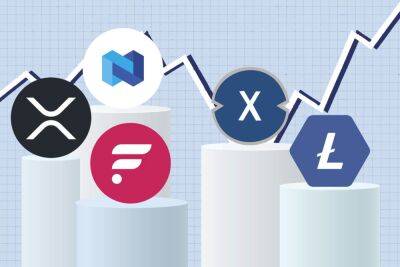Ethereum price resistance at $1,750 could reflect traders’ anxiety over the Shanghai upgrade
The price of Ether (ETH) declined 9.8% between Feb. 19 and Feb. 25 after the price resistance at $1,725 proved stronger than expected. Still, the correction was insufficient to break the 6-week-long ascending channel and did not cause Ether derivatives metrics to turn bearish.
Ether's price resilience can be partially explained by the operational failure of some of its smart contract blockchain competitors. For instance, Solana (SOL) faced a 20-hour-long outage on Feb. 25, which was only resolved after a network upgrade coordinated by validators. The network restart also involved purging some of the latest slots, although Solana developers said that "no confirmed user transactions were rolled back or impacted."
NEM (XEM) experienced a "chain halt" on Feb. 27 that lasted for 15 hours, causing multiple exchanges to halt deposits and withdrawals and developers promised to release an update to prevent further misbehavior. Curiously, the latest post from the official NEM account on Twitter, excluding a Merry Christmas greeting, was a "Please Stand By" image posted in July 2022.
The regulatory environment remains shady for cryptocurrencies, and the latest victims were global payment processing companies Visa and Mastercard. According to a Reuters report published on Feb. 28, the firms are delaying the launch of new partnerships with crypto firms until market conditions improve and a more transparent regulatory framework is established.
In more positive news, Ethereum's Sepolia testnet was successfully hard forked on Feb. 28 in preparation for the Shanghai upgrade. The much-anticipated mainnet update expected for March should finally allow validators to withdraw their staked Ether from the Beacon Chain. Developers are now prepping
Read more on cointelegraph.com






![Ethereum [ETH] whales play ‘shy guy’ ahead of Shanghai Upgrade - ambcrypto.com - city Santiment - city Shanghai](https://gocryptonft.com/storage/thumbs_400/img/2023/3/27/92179_y6da.jpg)












